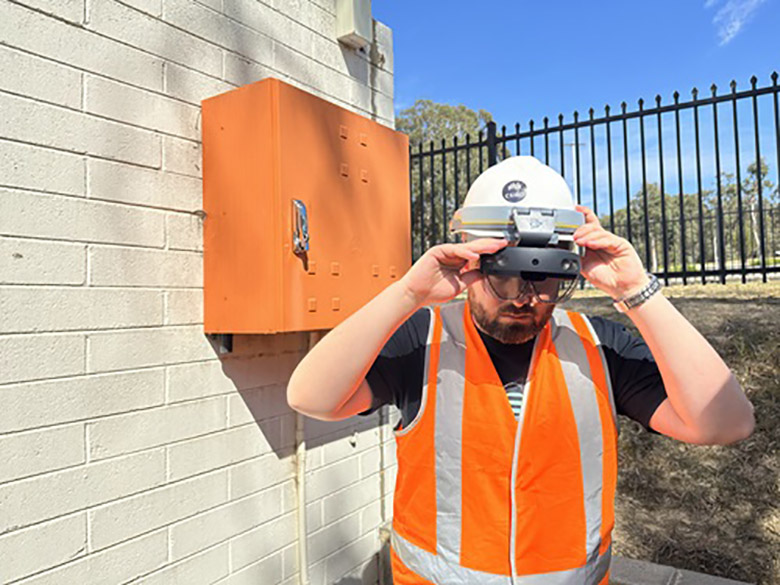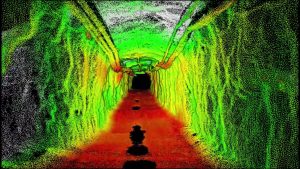The Tech4HSE initiative, led by the University of Queensland (UQ) and CSIRO’s Data61, involves five universities collaborating to advance Digital Tech enhancing workplace safety for Australians. Focused on generative AI, augmented reality, and cybersecurity, it aims to tackle health, safety, and environmental (HSE) concerns across industries.
This response to annual workplace injuries and illnesses taps into leading researchers’ expertise to develop online hazard identification, training, and emergency response tools.
Over five years, projects will develop and test prototypes in real-world scenarios, including emergency preparedness for energy industry workers using computer vision and 3D conceptual AI.
Close collaboration with industry stakeholders ensures prototypes meet industry needs. With an $18 million budget, the program leverages CSIRO’s capabilities and university expertise for Australian worker safety.
Announced during Australia’s AI Month, it underscores the nation’s commitment to advancing AI research for societal well-being.
Tech4HSE Program: Collaborative Research for Workplace Safety Digital Tech
CSIRO will work with five universities to use the most recent modern technologies to keep Australians secure at work.
Leading researchers in cutting-edge fields like generative and immersive artificial intelligence ( AI), augmented reality, and cybersecurity are brought together by the$ 18 million Tech4HSE program to create technology to support those who work in hazardous environments.
The University of Queensland ( UQ) and the data and digital arm of CSIRO, Data61, are in charge of the program. Additionally joining as partners are Swinburne, UNSW, Curtin, and ANU.
The technologies created, according to Professor Aaron Quigley, Science Director of Data61, will support goals related to health, safety, and environmental ( HSE ) across a variety of industries.

Advancing Workplace Safety: Tech4HSE Initiative Targets Hazard Prevention and Response
Millions of Australians put themselves in danger every day to help and serve others, whether they’re working with big machinery, electronic equipment, or on our roads, according to Prof. Quigley.
By developing cutting-edge online tools for training, identifying and monitoring hazards, and planning responses and actions, we are bringing the best researchers in the country along to assist in getting everyone home safely.
In 2021–2022, 497,300 Australians were injured or ill as a result of their jobs, according to the Australian Bureau of Statistics.
The program is receiving funding and research expertise from all participating institutions, and UQ is in charge of managing the funding.
According to Dr. Mashhuda Glencross, the science lead at UQ Tech4HSE, these projects offer an exciting chance to have a significant impact.
According to Dr. Glencross,” the cutting-edge technologies we are researching and developing in this initiative are intended to support the safety of Australians during disasters and when working in likely dangerous environments.”
With a focus on creating commercially viable products that are concerned by design, prototypes will be developed over the course of five years and tested in real-world job scenarios.
Researchers from Data61 and UQ are creating technologies to support emergency preparedness and response for energy industry workers in the first project that is now in progress.

Innovating Workplace Safety: Tech4HSE Program Unveils AI-Powered Solutions
One example of the technology being developed, according to Data61 Tech4HSE Science Lead Dr. Matt Adcock, combines cutting-edge computer vision models with 3D conceptualAI.
In order to support emergency response safety training and assisted decision-making under increased stress levels, Dr. Adcock said,” Our goal is to take smart glasses to a new level by enabling the placement of good online holograms within the actual work environment.
To make sure prototypes are vulnerable to industry needs, researchers are first collaborating with stakeholders in the power industry.
The$ 18 million Tech4HSE program aims to effectively combine CSIRO’s capabilities and Australian university expertise to maximize the benefits of science, research, and development for Australians.
At the start of Australia’s AI Month, which is being organized by the National AI Centre of CSIRO, Minister for Industry and Science, the Hon. Ed Husic, announced the program. More than 50 completely and charged AI-related events will be held across the nation from November 15 to December 15.












